Eight times the Royal Family has sued the media
The Duchess of Sussex has become the latest royal to end up in court as she sues Associated Newspapers Ltd (ANL) over its decision to publish extracts of a letter she wrote to her father.
Meghan, 38, is suing ANL for breach of copyright after a letter she wrote to Thomas Markle in August 2018, a few months after her wedding to Prince Harry, was printed in the Mail On Sunday and MailOnline.
On 1 May, she lost her first battle - as a judge in the High Court agreed with the ANL case against three parts of her argument, which she must now strike out before trial.
A case of this scale is rare in the Royal Family, but it’s not unprecedented for the family to sue.
Meghan’s team is using an example of her father-in-law, Prince Charles, suing the same newspaper group, in its own case which will be heard in the High Court.
In the past, even the Queen has been prepared to take legal action. Yahoo UK looks at cases involving royalty.
Prince of Wales v Associated Newspapers
Meghan will be able to draw on close first-hand knowledge of taking the Mail On Sunday to court as her father-in-law was in the same position in the mid-2000s.
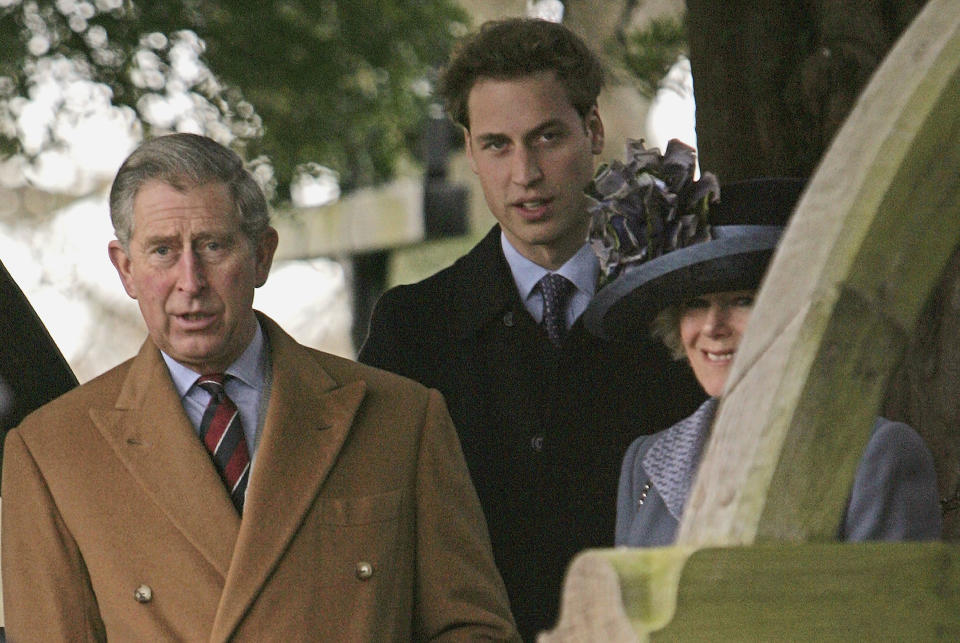
Prince Charles took ANL to court in 2005 after the Mail On Sunday published sections of his diary, in which he wrote about the handover of Hong Kong in 1997.
The royal was left embarrassed by the publication, as he referred to Chinese officials to "appalling old waxworks" and said the ceremony was an “awful Soviet-style” performance.
Read more: Why is Meghan Markle suing the Mail on Sunday?
Similar to Meghan’s current action, Charles sued for breach of copyright and confidentiality.
The journal came to light when Charles sent copies to friends and then found out the newspaper got hold of them without his permission.
Sir Michael Peat, Charles’s principal private secretary, said the Mail On Sunday had been warned not to publish it.
According to the LA Times, he said: “We have made this clear to the Mail on Sunday on five occasions, both orally and in writing.
“Nevertheless, the Mail on Sunday proceeded to publish these extracts despite the knowledge that it was a breach of the Prince of Wales’ copyright and confidence.”
But the Mail On Sunday said it was “not a private journal”, arguing: “It was widely distributed and viewed, as Clarence House confirmed to us, as a historic document intended for eventual publication.”
The case was dealt with by the judge and did not go to full trial in front of a jury. The judge ruled in favour of the prince, dismissing the newspaper’s arguments that publishing the extracts was demonstrating the heir to the throne's interference in political affairs.
Mr Justice Blackburne said of the ANL public interest defence: “There is nothing in the articles to suggest that his conduct is being assessed and a judgment made about it. There is not a hint of this in the editorial comment.
“The articles certainly assert that the Hong Kong journal shows that the Claimant entertains strong views about the Chinese Government and other matters. They do not suggest that, for example, the Claimant used the opportunity of his Hong Kong tour to involve himself in contentious matters or to press his views on others.”
It added: “The conclusion from all of this can only be that the contribution that the Hong Kong journal makes to any public debate or to any process of informing the electorate... in the course of his submissions is at best minimal.”
That ruling will be of comfort to Meghan and her team. They are also arguing that the Mail breached copyright, and that her private life is not in the public interest – even if the public are interested in it.
The Queen vs the Daily Mirror
In 2003, the Queen took out an injunction against the Daily Mirror to prevent an undercover journalist, who got a job as a member of the household, publishing details of life in Buckingham Palace.
David Pannick, the Queen’s counsel, argued Ryan Parry, the journalist was “not so much a footman as a foot-in-the-door man” according to The Daily Telegraph.
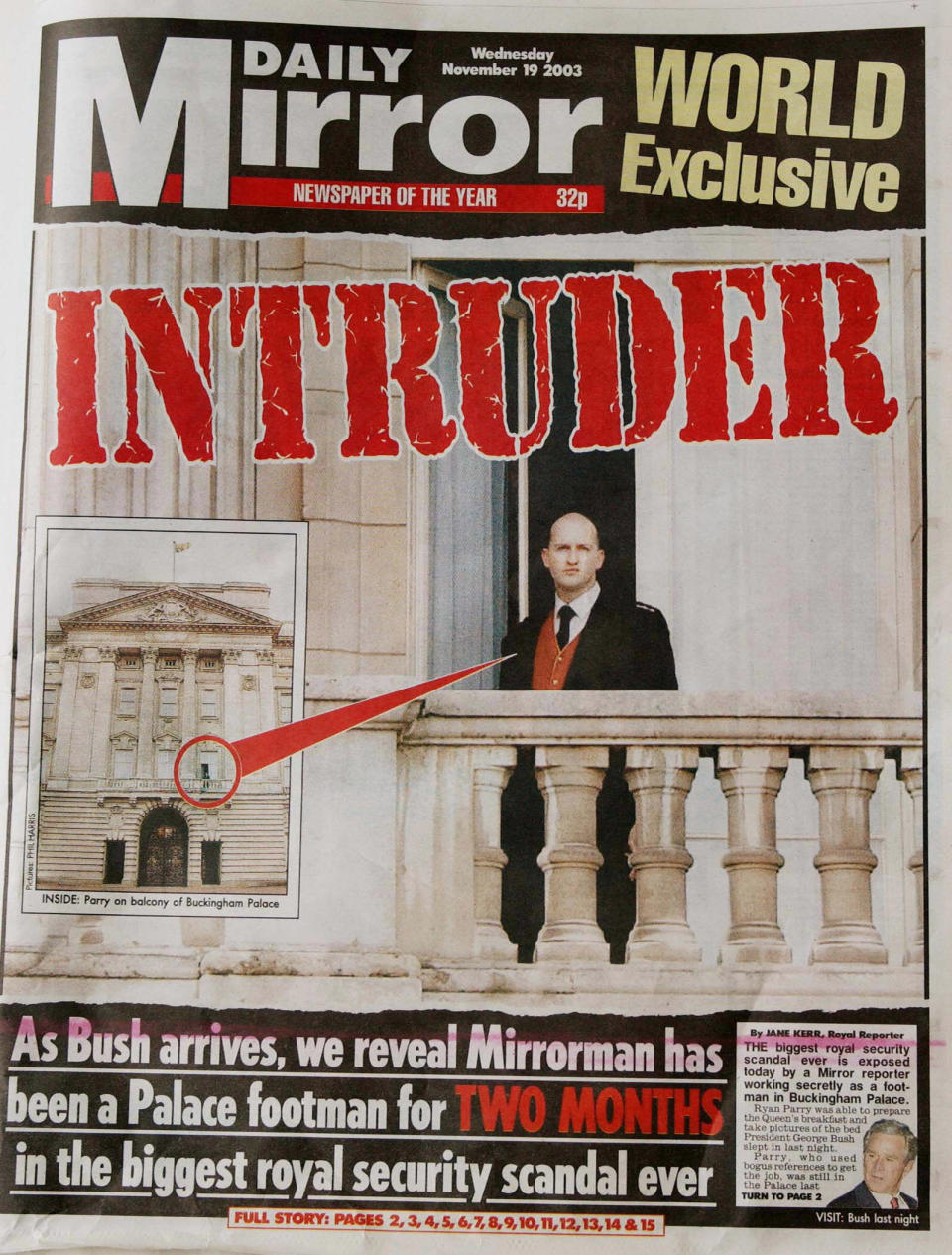
Read more: Harry and Meghan's private texts to Thomas Markle revealed in court documents
Parry used fake references to get his job, through which he was able to lay the Queen’s table for breakfast and take pictures of the bed where then-US president George W Bush had slept, according to the Daily Mirror.
He said the ease with which he got the job had shocked him, and claimed he was given high level security access.
After photographs were printed over the course of two days in the newspaper, the Mirror and the Queen settled in court. The paper agreed not to republish any of the photos of the private apartments of the Duke of York or the Earl and Countess of Wessex, and to hand over unpublished images.
The paper was allowed to continue using the pictures of the Queen’s breakfast table.
The Daily Telegraph reported that Piers Morgan, then editor of the Mirror, admitted that the newspaper "did not have much more material to publish which would have added greatly to our investigation in any case".
The Daily Mirror had to pay £25,000 toward the Queen’s legal costs, but Her Majesty was not awarded any damages.
The paper insisted the public had a right to know about security issues within the palace. But lawyers settled to avoid a long drawn-out court battle with the Queen.
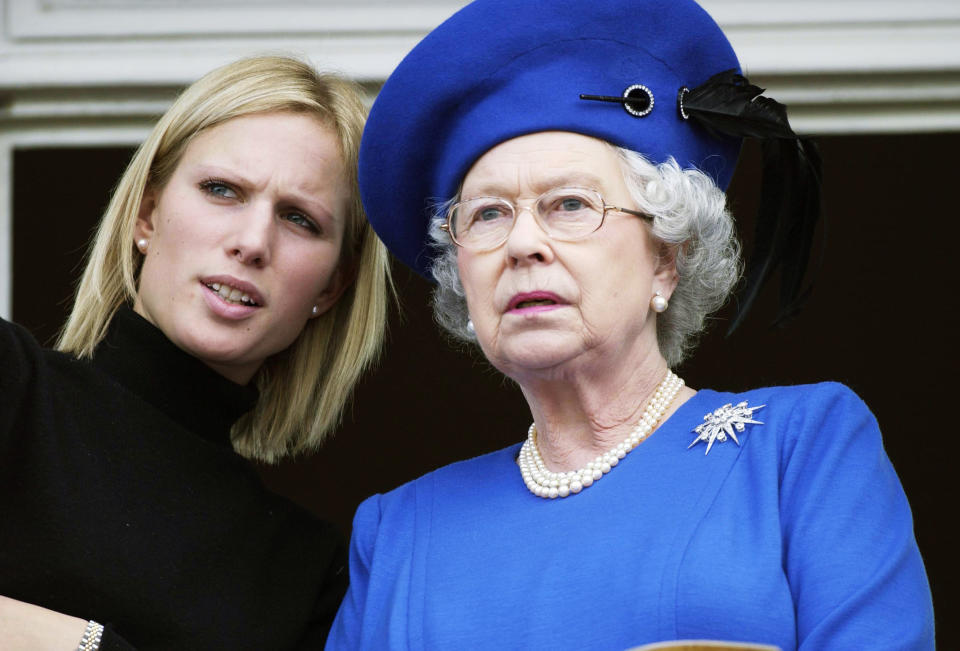
However the Queen’s lawyers argued that most of what Parry wrote about were private matters and not the security issues.
One of her lawyers said the article was “devoted to repeating private conversations, publishing photographs, including pictures of the Royal Family's private living areas, and passing on personal details about the domestic life of the Queen and her family”.
Prince of Wales and his former housekeeper
Prince Charles’s action against ANL was not his first foray into legal scandal. In 1995, he won a High Court injunction preventing his former housekeeper, Wendy Berry, from publishing her memoirs of her time working for him in England and Scotland.
However, they were published in the US, and claimed to quote verbatim arguments between Charles and his then wife Diana and details about her relationship with James Hewitt.
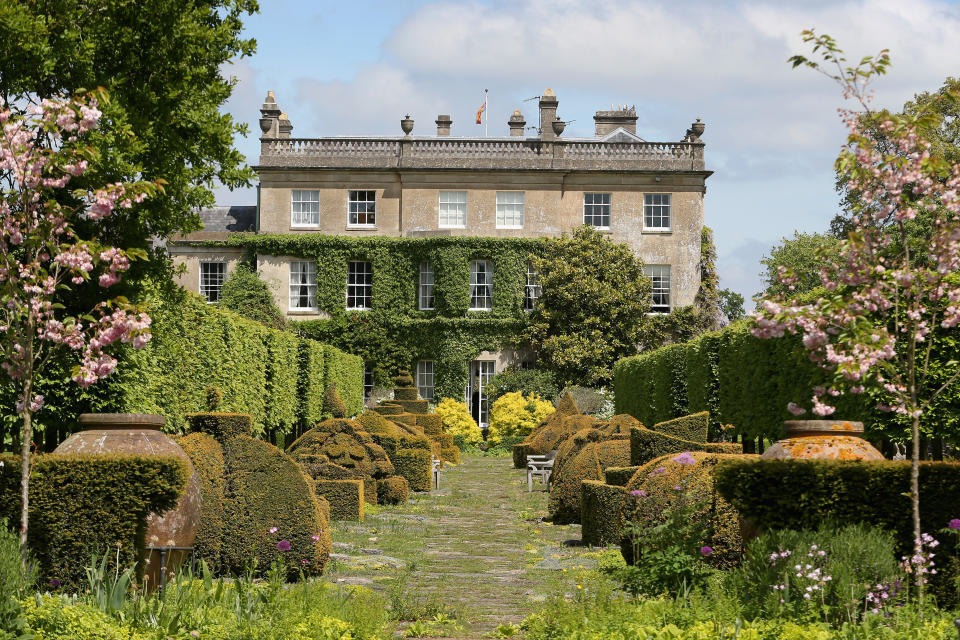
He then was awarded an order entitling him to all the royalties from the book, but he never claimed them. She said she spent all the money because she was forced to live in the US and Canada.
When Berry was found to have returned to the UK in 2000, Charles did not take any further action.
Read more: Prince Harry and Meghan Markle cut ties with four UK tabloids over 'invasive' stories
At the time, a spokesman for St James's Palace said: "The Prince of Wales does not condone Wendy Berry's book but, in the light of her present personal circumstances, we are not proposing to take any further action and have told her by letter. However, we reserve our right to take action should she seek to disclose any further information."
The Queen vs The Sun
The Queen has had to take action against The Sun on several occasions. In 1992, The Sun obtained a copy of the annual Christmas message early and printed details two days early.
She took action in 1993, saying The Sun’s decision to print early was “a clear infringement of Her Majesty's copyright”.

The Sun issued a front page apology to the Queen and donated £200,000 to Save the Children, of which Anne, the Princess Royal, is a patron.
The Sun said it had unintentionally caused offence, having previously defended the decision as a scoop.
Five years earlier, The Sun settled out of court after printing a photograph which was going to be used on the Royal Family’s Christmas card.
And in 1987, The Sun apologised and made a charity donation after publishing a letter between the Queen and Prince Philip about Prince Edward's decision to leave the Royal Marines, according to The Daily Telegraph.
Princess of Wales vs the Daily Mirror
In 1993, Diana, the Princess of Wales, took action when the Daily Mirror published photos of her exercising in a gym.

The paper paid Diana’s £1m legal costs, and made a £200,000 donation to charity.
But the gym owner didn’t back down until the week before the court case was about to start. He gave up the £300,000 he made from the photos, according to the BBC.
The Duke and Duchess of Cambridge vs Closer
Perhaps one of the most famous cases is that of the Duke and Duchess of Cambridge, who sued Closer magazine in France after it published topless photos of the duchess.
The couple was on holiday in Provence, staying at the home of then-Viscount Linley, now the Earl of Snowdon, when the pictures were taken.
Read more: Prince Harry and Meghan Markle 'give interview for royal biography'
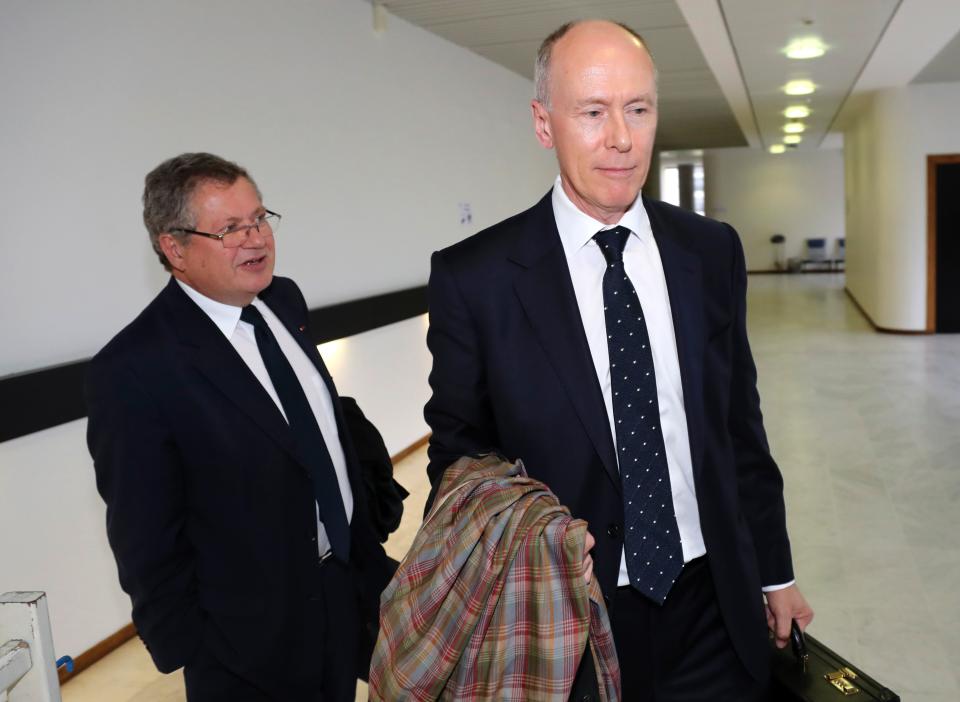
Closer was ordered to pay €100,000 (£91,700 at the time) in civil damages and a further €90,000 in fines for breach of privacy.
It was less than the couple had sought, but more than is usually awarded in such a case.
The Telegraph reported there was also a criminal case, and Laurence Pieau, the editor of Closer in France and Ernesto Mauri, chief executive of the Mondadori group which owns the magazine, were both handed the top level fines.
In addition, the photographers who were suspected of taking the pictures were also fined.
Closer UK shared a message from their editor at the time to tell readers they were appalled that the pictures were taken, and it was a decision made by a different editorial team.

The Duke of Sussex vs Splash News
Prince Harry and his wife Meghan have already accepted damages in one bout of legal action since they have been married.
The Duke and Duchess of Sussex said they were forced to move out of their Cotswolds home after aerial photographs emerged, taken by Splash News and Pictures Agency.

The hearing was in front of Mr Justice Warby – the same judge dealing with Meghan’s case against ANL.
Splash News had used a helicopter to fly over the home, which the prince said was chosen to ensure privacy, and took photos in the living room, bedroom, and dining room, according to The Guardian.
Read more: Meghan Markle's father was manipulated by journalists, duchess's lawyer claims in court battle
The duke was awarded “substantial damages”, which were put towards charity and his legal costs.
Viscount Linley vs Today
Princess Margaret’s son, who was born Viscount Linley and is now the Earl of Snowdon, won £30,000 damages from Today in 1990.
He took action after the paper accused him of “rowdy behaviour” in a pub.
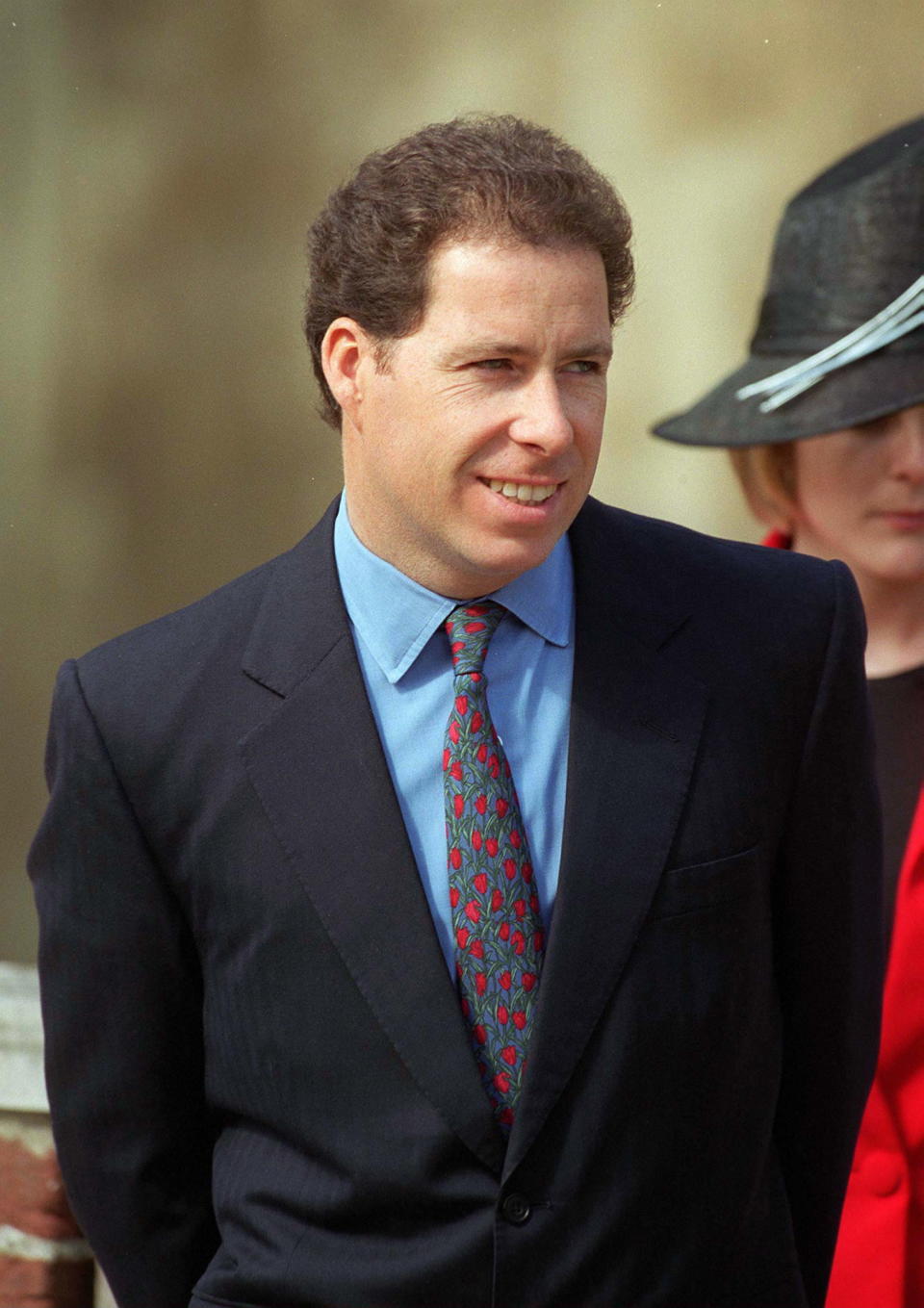
According to the Independent, Today accused him of throwing beer over friends, but he appeared in the witness stand during the hearing to say he had been there once and with one friend.
He expressed upset at being portrayed as a “hooray Henry”.
He waived most of the damages to prevent Today appealing.
Prince Albert vs Strange
One of the earliest cases of royals taking legal action dates back to the 1800s. Prince Albert and Queen Victoria were keen artists and some of their etchings were sold to Jasper Thomsett Judge, who had previously written a book about the royals.
Albert sought an injunction and it was awarded, preventing Judge from using the etchings.
The court called the potential publication “an unbecoming and unseemly intrusion”, according to legal website Swarb.
Princess Caroline of Monaco at the European Court of Human Rights
Not quite taking someone to court, but an important privacy ruling was won by Princess Caroline of Monaco, the daughter of Grace Kelly and Prince Rainier of Monaco.
She spends most of her time in France, and paparazzi have to seek permission to print photos of her not taken at public events.
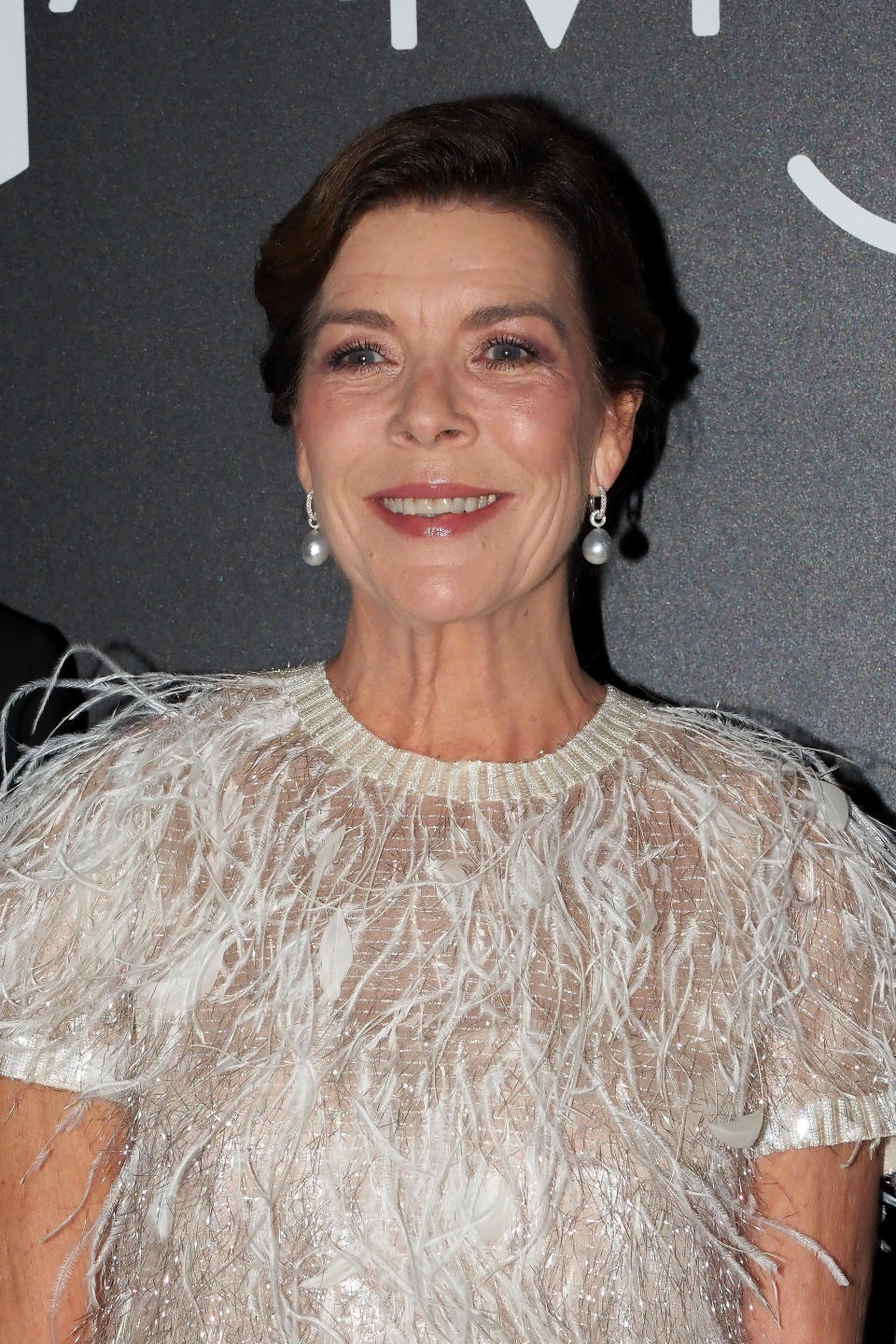
However until 2004, those paparazzi could publish the photos in other countries and claim public interest.
Having taken her case to a German court, she secured an injunction against the publication of some photos, mostly those including her children.
But she went a step further to the ECHR, and argued that her right to privacy was invaded, and her right to private family life.
The ECHR agreed that because the photos did not add to a debate of general interest, the papers had no right to print them, according to law firm Pinsent Masons.

 Yahoo News
Yahoo News 
